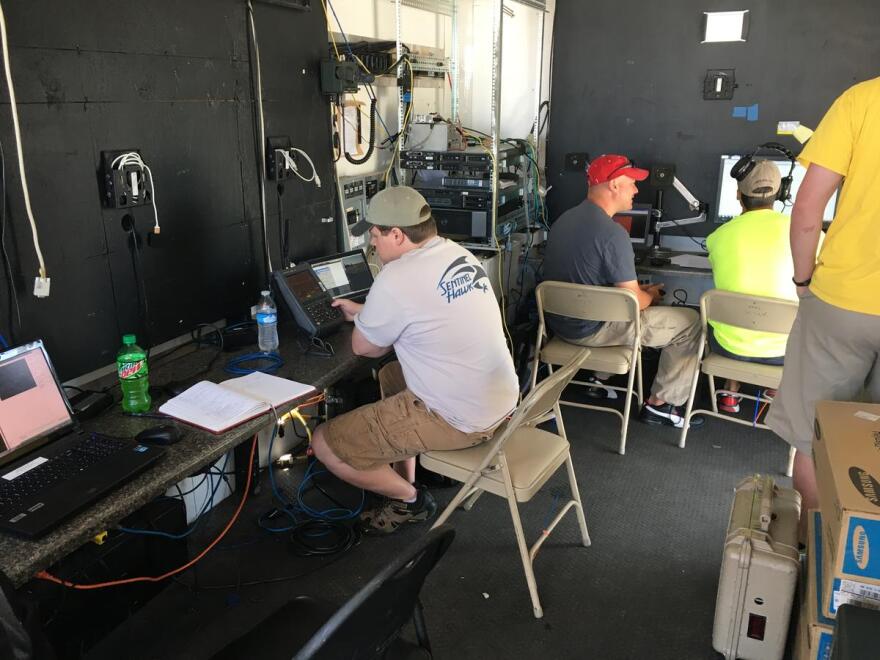At the Springfield Beckley Municipal Airport, crews will begin installing a new kind of radar in June that will allow air traffic controllers to see a combination of planes and unmanned aerial vehicles The Air Force and the state of Ohio are footing the $5 million radar bill in first-of-its-kind testing that both parties hope will lead to Federal Aviation Administration approval for "beyond line of sight" flight.
Right now UAVs can only fly with visual line of sight, or an unobstructed path between the vehicle and the controller. At the Springfield airport, that's seven nautical square miles. With "beyond line of slight," that would increase to 200 miles and an altitude of up to 10,000 feet.
FAA approval is expected for the Air Force within six to nine months. Ohio's application would follow. Approval for the state means private companies like Amazon could test in Springfield.
The airport is laying fiber along one runway now.

Guidance for UAV operators would come from an air traffic controller who is looking at the special radar on the ground in an trailer. Air traffic controllers in the tower would continue to focus on planes.
Wright Patterson Air Force research lab deputy director Art Huber says this can only improve safety.

"Now knowing where they are and the vectors in space, what space they are going, what direction they are going, the operator can now tell the pilot in charge of a small UAV, 'Hey, you have an airplane such and such distance from you. Why don't you turn in a new direction or airspeed or new altitude or whatever in order to stay away or avoid a collision?'"
Eventually this radar could become portable for law enforcement and first responders.




